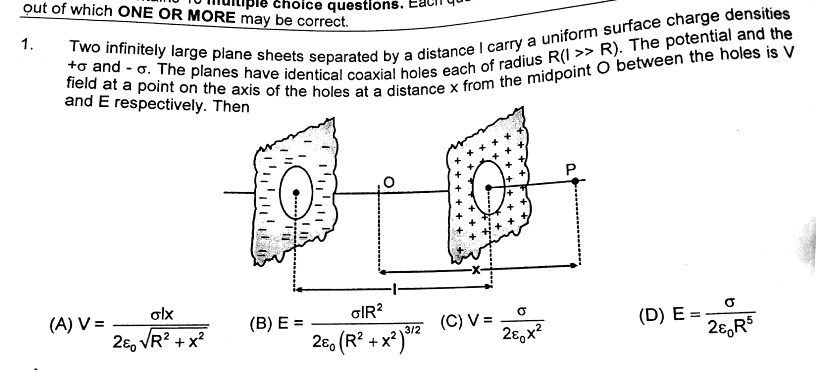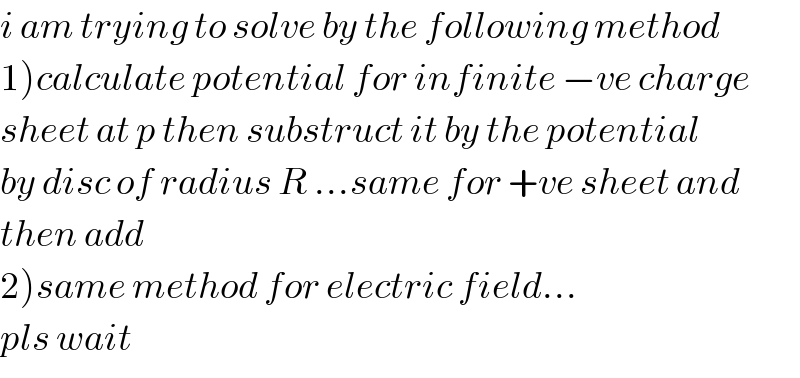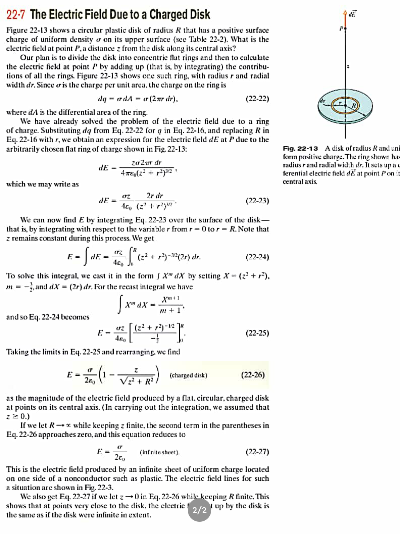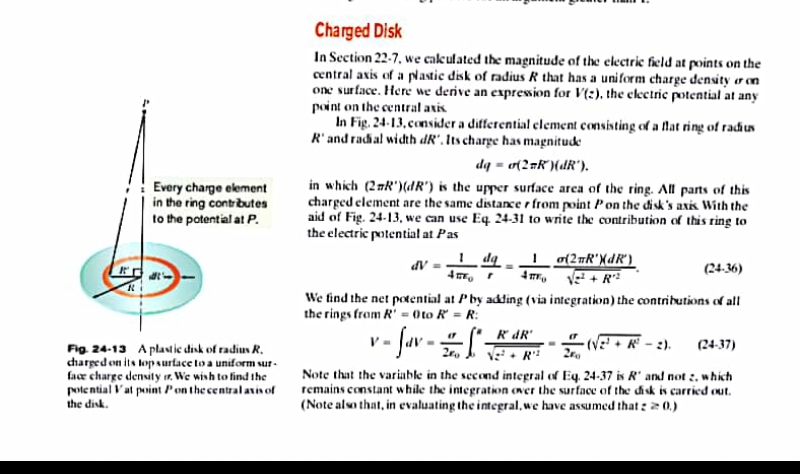
Question and Answers Forum
Question Number 36096 by rahul 19 last updated on 28/May/18

Commented by rahul 19 last updated on 30/May/18

Commented by tanmay.chaudhury50@gmail.com last updated on 30/May/18

Commented by tanmay.chaudhury50@gmail.com last updated on 30/May/18

Commented by tanmay.chaudhury50@gmail.com last updated on 30/May/18

Answered by tanmay.chaudhury50@gmail.com last updated on 31/May/18

